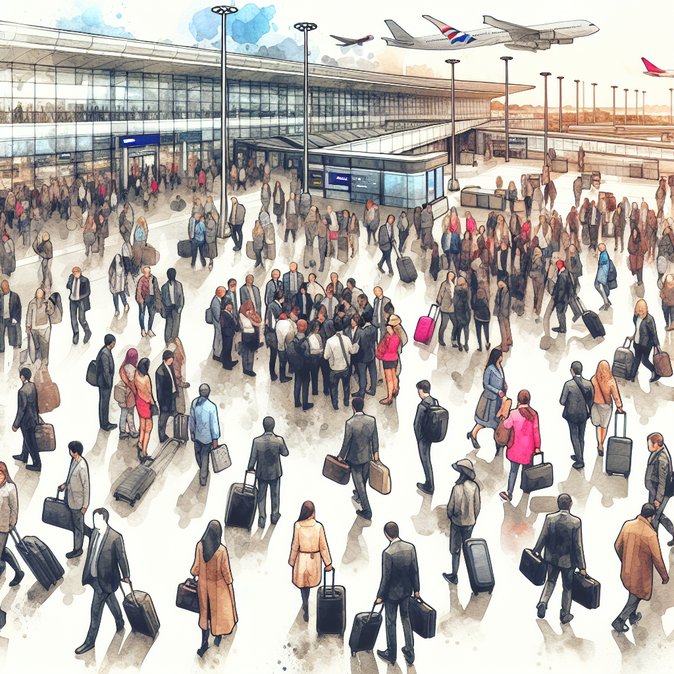
Dublin Airport set a new October record with just over 3.2 million passengers, an 8 percent year-on-year jump, airport operator daa confirmed on 4 November. The surge marks the seventh consecutive month of growth and follows the High Court’s April decision to suspend the Irish Aviation Authority’s requirement that slot allocations respect the long-standing 32 million-passenger annual cap while a separate legal challenge works its way through EU institutions.
daa CEO Kenny Jacobs said demand for flights “remains really high” and credited the court-ordered stay for allowing airlines to add capacity that would otherwise have been blocked this winter. Ryanair and Aer Lingus in particular have restored frequencies on key transatlantic and intra-European business routes, easing pressure on corporate travel budgets and improving connectivity for multinationals headquartered in Ireland.
![Dublin Airport tops 3.2 million passengers in October after court stay on seat cap]()
The numbers are politically sensitive: local residents and Fingal County Council argue that the 32 million cap — set as a planning condition when Terminal 2 was approved — should remain until further noise-mitigation measures are in place. Airlines counter that the cap is outdated, pointing out that Dublin is still operating below peer hubs such as Copenhagen and Lisbon on available slots per runway.
For global mobility teams the immediate takeaway is that peak-season seat availability has improved, but uncertainty lingers. The European Commission is expected to rule in early 2026 on whether the planning cap can lawfully be factored into slot allocation; a negative finding could see a snap reinstatement of restrictions. Companies with large commuter populations should therefore continue to monitor booking lead times and stay flexible on routing through Shannon, Cork or Belfast in the event the cap snaps back.
Additionally, daa confirmed that the airport will roll out 10 new biometric e-gates for non-EEA travellers in December, potentially shaving a further five minutes off arrival processing for eligible passport holders.
daa CEO Kenny Jacobs said demand for flights “remains really high” and credited the court-ordered stay for allowing airlines to add capacity that would otherwise have been blocked this winter. Ryanair and Aer Lingus in particular have restored frequencies on key transatlantic and intra-European business routes, easing pressure on corporate travel budgets and improving connectivity for multinationals headquartered in Ireland.

The numbers are politically sensitive: local residents and Fingal County Council argue that the 32 million cap — set as a planning condition when Terminal 2 was approved — should remain until further noise-mitigation measures are in place. Airlines counter that the cap is outdated, pointing out that Dublin is still operating below peer hubs such as Copenhagen and Lisbon on available slots per runway.
For global mobility teams the immediate takeaway is that peak-season seat availability has improved, but uncertainty lingers. The European Commission is expected to rule in early 2026 on whether the planning cap can lawfully be factored into slot allocation; a negative finding could see a snap reinstatement of restrictions. Companies with large commuter populations should therefore continue to monitor booking lead times and stay flexible on routing through Shannon, Cork or Belfast in the event the cap snaps back.
Additionally, daa confirmed that the airport will roll out 10 new biometric e-gates for non-EEA travellers in December, potentially shaving a further five minutes off arrival processing for eligible passport holders.










